Horses are the most precious animals. The feed of horses mostly is forage that you can provide from pasture and horse grasses. The horse, with regular work, can maintain their nutrients from a balanced field. Horse grain is the primary supplement of energy for an equine diet. The grains contain more energy than fibers.
Most Common Horse Grain
Horses mainly feed on grasses and less commonly in concentrates. The concentrates have mainly composed of horse grain. The grains provide direct energy, protein, fats, vitamins, and minerals. The horse grain should be supplied in small quantities but frequently. The adequate amount of the grain must be calculated based on the bodyweight of a horse, age, breed, nature of work, level of pregnancy, and having a foal or not.
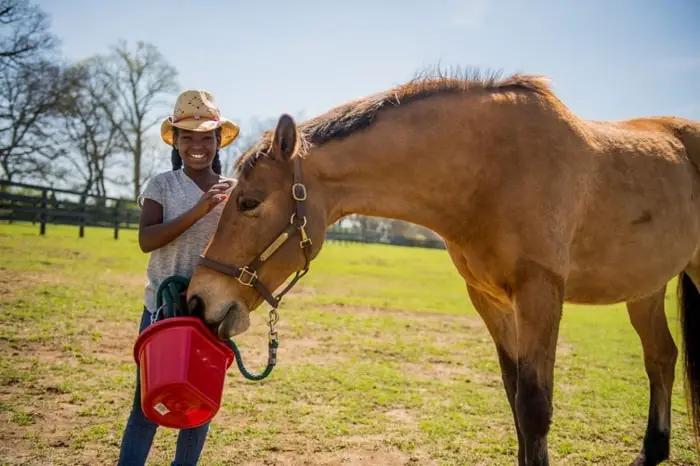
Cercal grains are composed mainly of carbohydrates in the form of starch, and therefore they represent the major source of carbohydrates for the horse. Oats are the traditional feed for horses, and no other grain can entirely take their place for this purpose, but as they lack some essential amino acids, they need supplementing to form a truly balanced food. Maize and barley are also used to a limited extent in the United Kingdom.
1. Horse Grain: Oats
The food value of oats depends on the percentage of husk to the kernel; the average is just under 30 percent and varies with the variety and the weather conditions during growth and harvest.
The energy needs of horses vary with each individual, their age, size, and the type of work the horse is doing. Increasing dietary energy is best provided by increasing the grain and decreasing the fiber. Therefore oat samples should be selected carefully for animals with a high energy requirement. A high-quality (high starch/low fiber) sample will appear shiny round, with the kernel almost bursting out of its husk; poor examples, those with high fiber content, are long and thin in appearance, and the husk often looks dull. Oats are usually clipped before feeding to horses to reduce fiber content further.
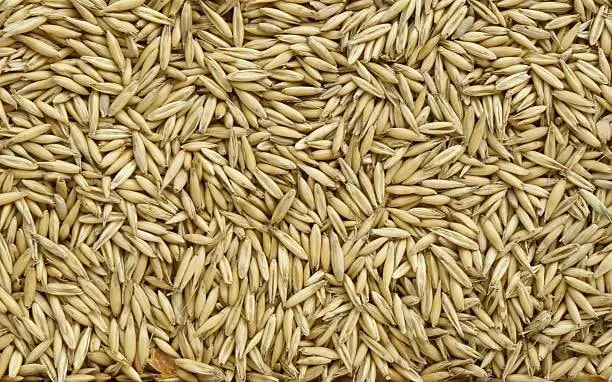
Oats must be cleaned and re-cleaned before use to remove any foreign materials, weed seeds, etc. New grain should be stored until Christmas to prevent digestive upsets. The husk tends to form a barrier to the digestive juices so that, unless they are well chewed first, whole grains will usually pass straight through the stomach and small intestine and are only made available by microbial digestion in the large intestine; therefore, most people either bruise or crush oats before feeding, to reduce wastage. This is done by passing the whole grain through rollers which can be adjusted from barely cracking the grain to rolling it completely flat. Many horse owners prefer to feed their grain bruised rather than crushed, as the more heavily the grain is crushed, the more dust is created.
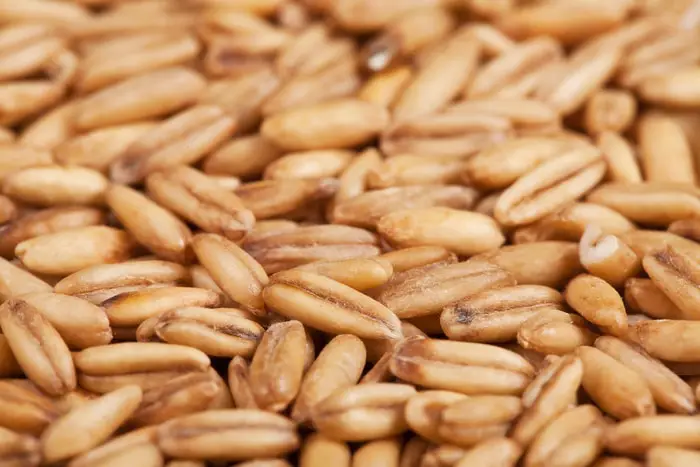
2. Barley As Horse Grain
Barley is used extensively in the rations of farm animals other than horses; it has a much higher energy value than oats and lower fiber content, so it represents a considerably more fattening and heating food than oats. Therefore, barley should be given only in moderation if used for horses.
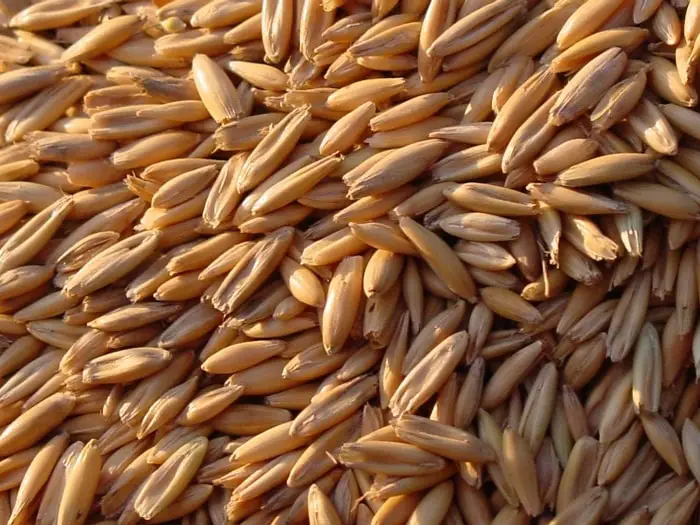
Horses are primarily kept for their athletic ability, so over fatness is detrimental. However, barley does have a place to aid the fattening of thin horses or prepare animals for the show-ring and sales, where above-average body fat levels are usually considered desirable.
Show horses and yearlings being prepared for sale are often given whole barley, boiled together with linseed, and fed as a mash. Like oats, barley should be stored before feeding; a Micronised and steam-rolled barley may be bought, and as they are cooked, they are safer to feed than raw barley, which may be rolled in a dry feed; only small quantities should be given at a time. Barley with a moisture content of about 17 percent should be used for rolling. Unless the grain has been previously treated with the preservative propionic acid (popcorn), molds will develop, and the keeping quality is poor. However, a vitamin E supplement should be given when using propionic acid-treated grain.
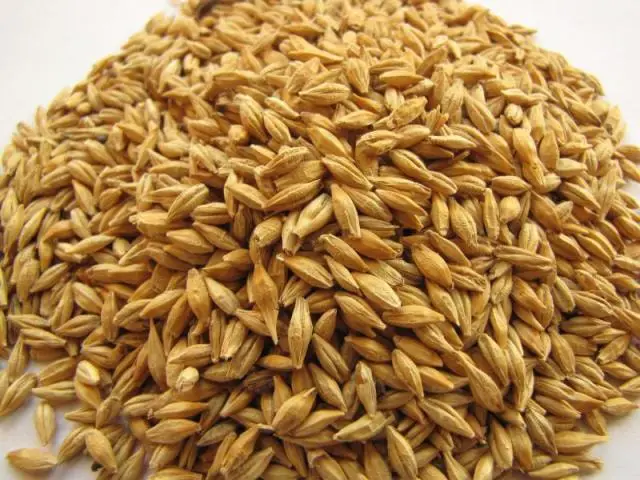
Some by-products of the brewing industry are sometimes fed to horses. During brewing, the barley is soaked and allowed to germinate for about six days; during this period, enzymes develop capable of hydrolyzing starch to sugars. The grain is dried, and the sprouts are removed and sold as malt culms. Malt culms contain about 24 percent crude protein and are relatively high in fiber but low in starch; they can be used for horses but need soaking first; otherwise, they will swell in the stomach and cause colic.
The dried grains are crushed, water is added, and the mixture is heated to about 65°C. The enzymes then convert the starch to sugars, and the sugary liquid is drawn off, leaving the brewer’s grains. These are sold either wet or dried and can be fed in moderation to horses in either form. Wet brewer’s grains stay fresh for only days rather than weeks unless they are ensiled.
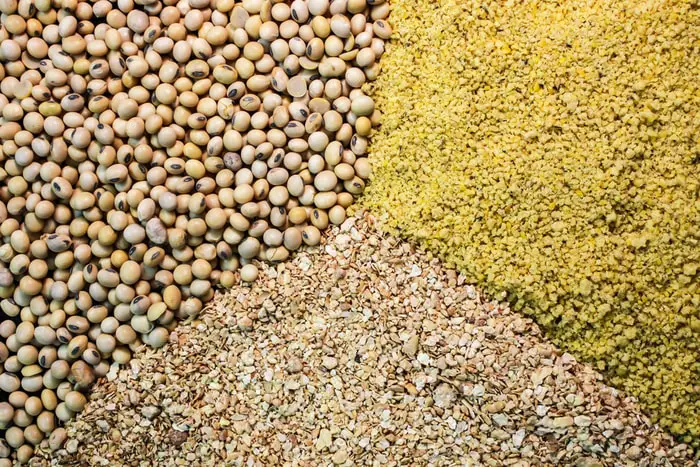
The sugary liquid is boiled up with hops, the hops are filtered out, and the drink is allowed to ferment, producing alcohol and carbon dioxide. The yeast is finally filtered out, dried, and sold as dried brewer’s yeast, containing about 42% protein; it is also a valuable source of the B vitamins.
3. Horse Concentrate: Maize
The typical yellow maize or Indian corn contains a precursor of vitamin A known as cryptoxanthin. Maize is a high-energy food, including about 84 percent starch, but is low in proteins and those present are of poor quality. It is also common in fiber and contains almost no calcium. However, plant breeders have succeeded in producing certain varieties of maize with improved levels of lysine and methionine. Maize also contains about 4.5 percent oil, mainly in unsaturated fatty acids.
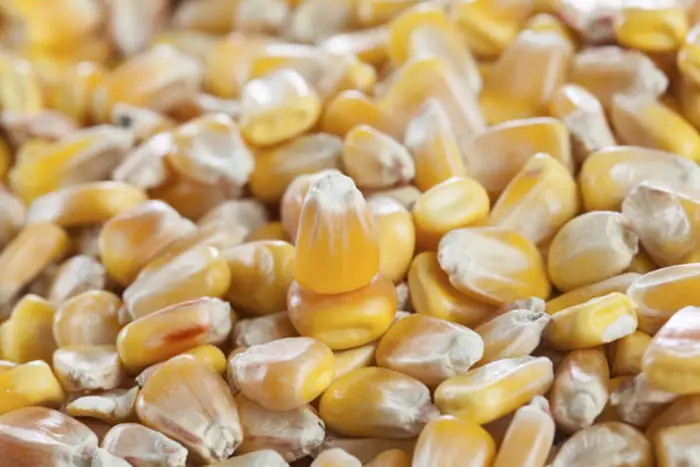
Flaked maize is obtained by passing moistened grain through steam-heated rollers. Alternatively, it may be micronized using infra-red heat, then rolled. This is very palatable and slightly improved digestibility compared with the uncooked grain.
Maize germ meal is sometimes used for horses. This is produced by soaking the ground grain. The germ then floats to the surface and is skimmed off. Some portion of oil is extracted before the meal is made, but the final product can contain up to 14 percent oil, 14.6 percent crude protein, and 84 percent starch.
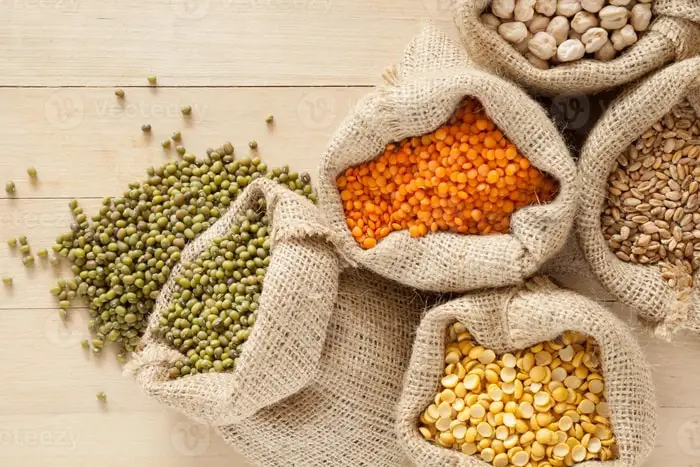
4. Wheat Bran
Wheat should never be fed to horses; the grain consists of about 85 percent endosperm (the part used for flour), 2 percent germ (mostly sold for human consumption), and 13 percent bran or seed coat.
When milling wheat, the main objective is to separate the endosperm from its seed coat, with as little flour wasted as possible. The grain is circulated through a series of rollers arranged in pairs, which tear off the skin (bran) and leave the endosperm, then crushed to form the flour.
Bran is usually sold in three grades: giant, broad and fine; or a mixture of all three, known as straight-run bran. There is little difference in nutrient amount between the grades; the main difference lies in its ability to keep the ratio open. The larger the flakes, the better, as these are also less dusty.
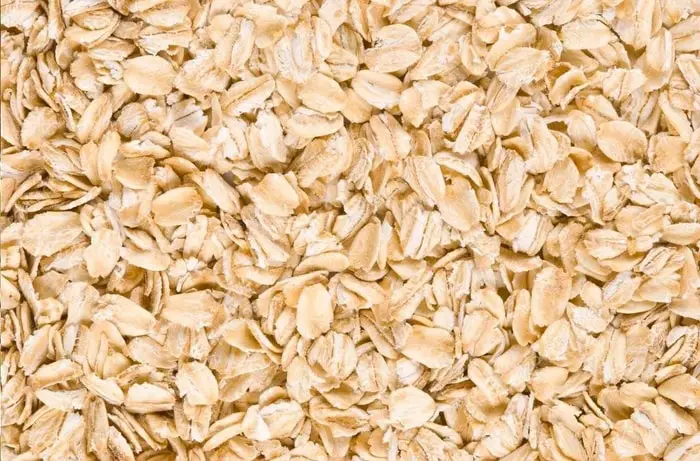
Bran is high in fiber, containing about 12% crude fiber, about 17% crude protein, and a low starch energy value; it is also deficient in calcium and high in phosphorus. When fed dry, bran will help counteract digestive diarrhea, and when used as a mash, it has well-known laxative properties. Middlings or thirds are too delicate and dusty to be an ideal horse feed.
5. Horse Grain: Rice
Rough rice is used as horse feed in some parts of the world. Millet is also used in the tropics and warm temperate regions; it has a nutritional value similar to oats. Sorghum is similar to maize but smaller than maize and is used in parts of the southern states of America, India, and African countries.
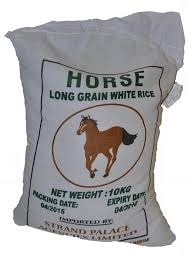
6. Wheat As Horse Feed
Wheat is most commonly used as a human feed. Wheat grain or crust is less common in the horse diet. Wheat bran is most frequently used as fiber in the horse diet. Wheat can be fed to the horse in a limited amount mixed with other grains as an energy source.
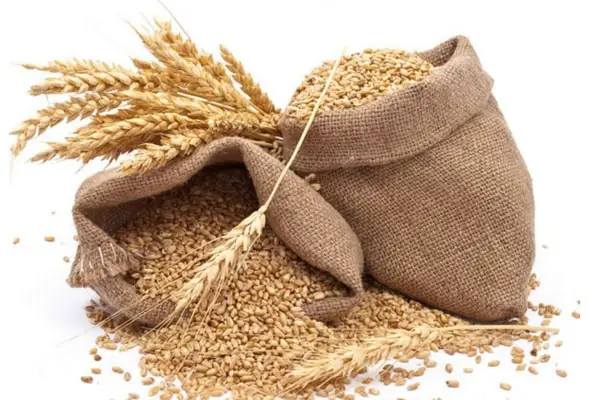
7. Soyabean Meal
Roasted soybean or soybean meal is one of the most popular protein supplements in the horse diet. There are two soybean meal varieties with 44% protein and 48% protein. Soybean meal is more popular than roasted soybean.
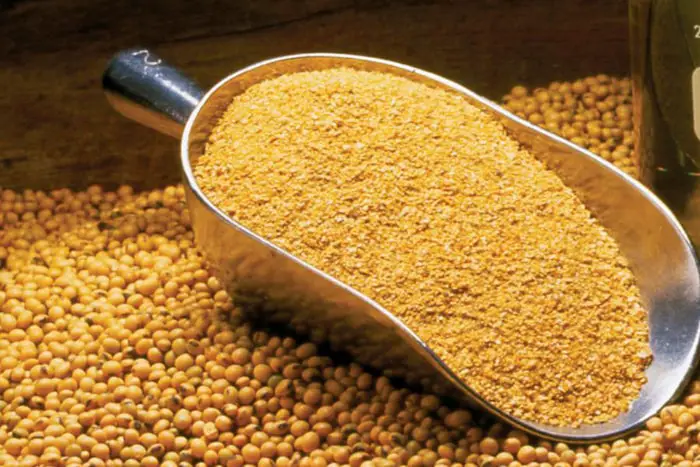
8. Died Molasses or Liquid Molasses
Molasses is one of the most popular energy supplements in animal diet. Molasses is the by-product of the sugarcane industry. Molasses is cheap and high in readily available carbohydrates and glucose. Molasses should be used at a rate of 5% of total feed and should not be exceeded by more than 12%. Excessive molasses will cause digestive problems and is sometimes difficult to handle.
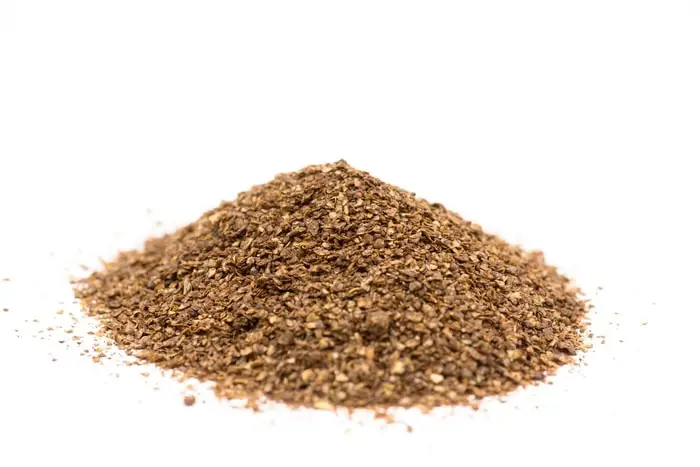
9. Sorghum Grain or Milo
Milo or sorghum grain is a high-energy-rich diet in horse ration. Milo is commonly fed in horses of Southern parts of the USA. The grain should be fed cautiously on horses and mixed with other grains. The sorghum grains should be crusted or cracked too quickly to be chewable and digestible.
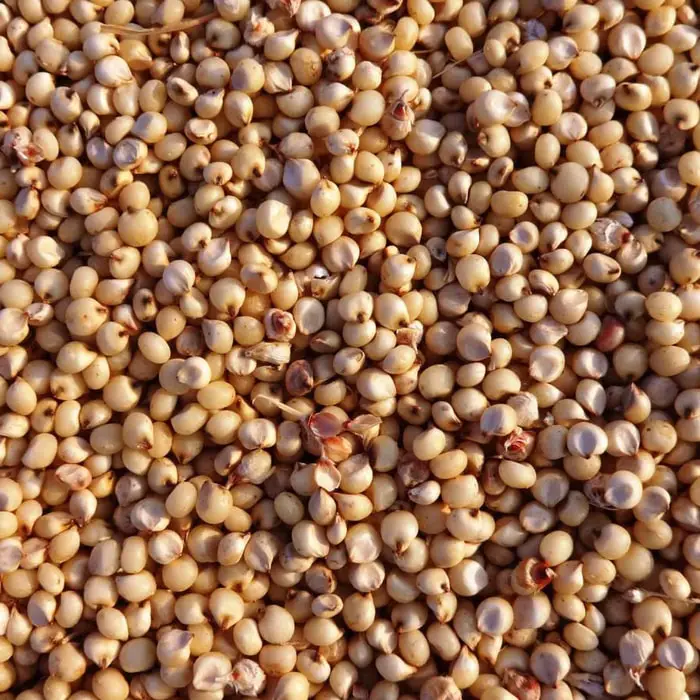
10. Horse Grain: Beat Pulp
Dehydrated or dried beet pulps are an excellent source of energy and fiber in the horse diet. Dried beet pulps are an excellent source of energy and calcium but are relatively low in phosphorus, protein, and vitamin B complex. Beet pulp may be one of the ideal feed ingredients in the horse diet by providing carbohydrates, fiber, and calcium.
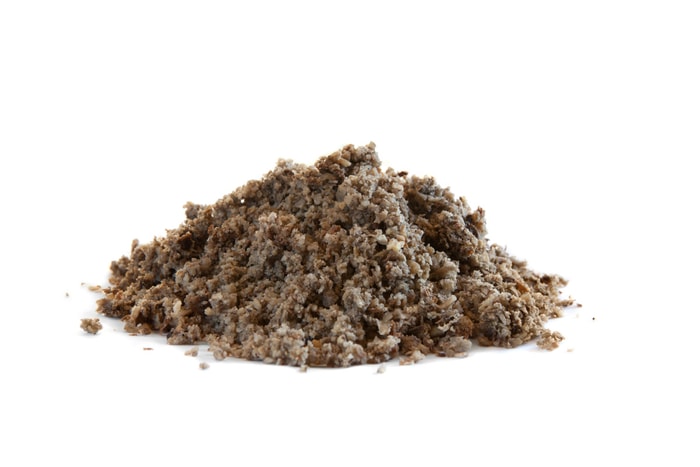
Final Talk on Horse Grain
Horse grains are commonly fed to most of the horses of the world. The grains are quickly supplied to horses’ nutrient requirements. The horses are not involved in any work and can live only on green grass. Most of the horses are provided with varying amounts of grains. You can choose any combination of grains to supply energy, protein, fat, vitamins, and minerals in daily horse feed. This article will help you prepare a balanced ration scale for your lovely horse.